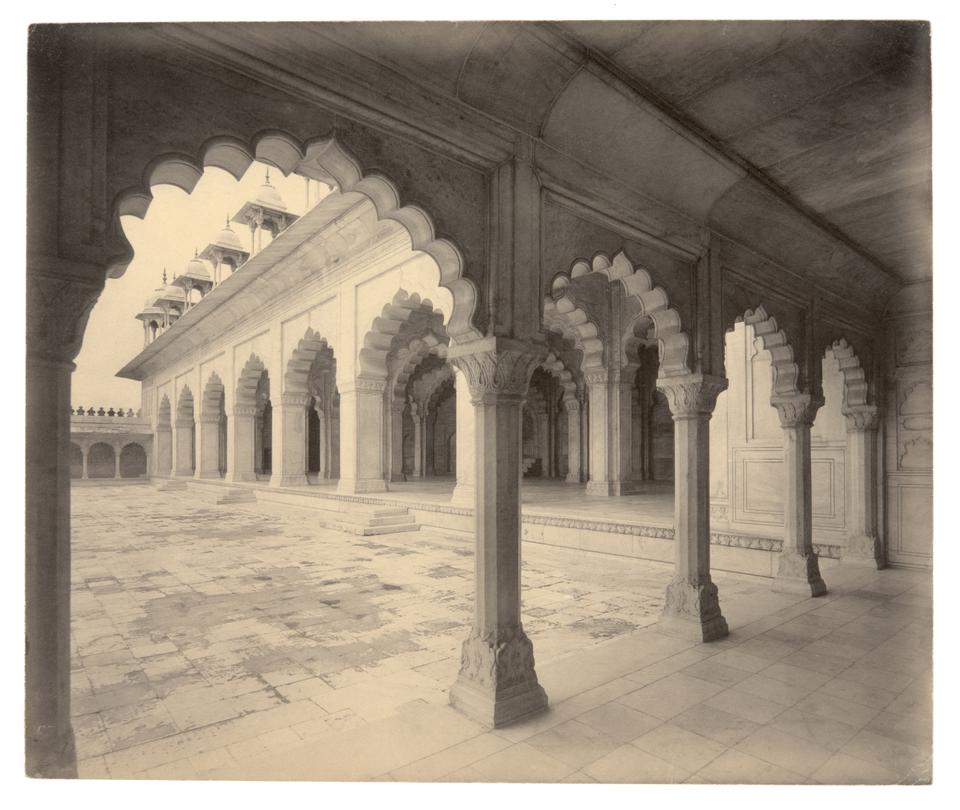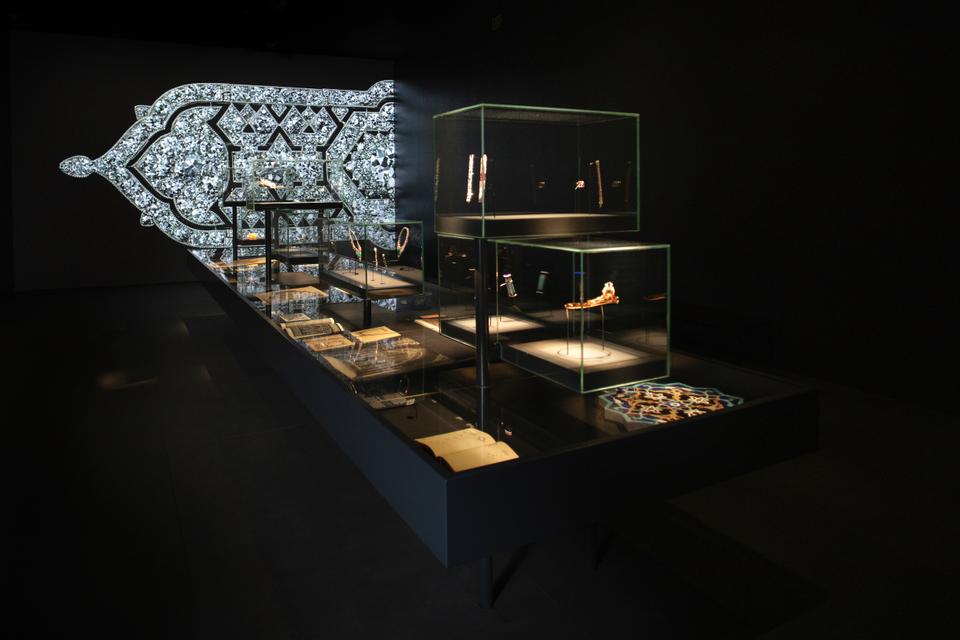Web Desk
At a travelling exhibition showcasing Maison Cartier’s resplendent designs alongside their Islamic precursors, the influences are laid bare.
Cartier has put up a unique exhibition at the Dallas Museum of Art (DMA), bringing together over 400 objects – from its archives as well as on loan from other cultural establishments.

What dazzles the visitors most is a section Cartier and Islamic Art: In Search of Modernity, which is on display at the DMA until September 18, 2022. The exhibition focuses on the sustained influence of Islamic art on the jewellery house, showing off beautiful works of art made with precious stones (such as diamonds, rubies and turquoise) and metals (such as platinum and gold) alongside Islamic artefacts.
The exhibition, the house says, surveys “how Cartier’s designers adapted forms and techniques from Islamic art, architecture, and jewellery, as well as materials from India, Iran, and [what the press release groups together as] the Arab lands, synthesising them into a recognisable, modern stylistic language unique to the Maison Cartier.”

“There’s never been an exhibition as detailed and precise in studying the creative process” at Cartier, Pierre Rainero, the brand’s image, style and heritage director, told the New York Times.
The brand, established in 1847, took its commercial start in 1899, when Louis Cartier opened the first Cartier boutique in Paris, soon to be followed by another in London.
Writing for the Wall Street Journal, Lee Lawrence says the exhibition tells “a complex and fascinating story,” which starts in the early 20th century –– “when an influx of Islamic art unleashed a new wave of interest in Europe and America in arts from Moorish Spain and Egypt to Iran and Mughal India.”
She refers to the costumes of “Ballets Russes” designed by Leon Bakst, as well as the harem pants in a Paul Poiret outfit, not to mention “illustrations for such tales as ‘The Thousand and One Nights’ and wallpapers, textiles, and ceramics emulating Persian, Arab and other designs.”

The Cartier website says the exhibition takes us on a trip to Paris at the beginning of the 20th century, with archival displays of books on architecture and ornaments from Louis Cartier’s library, “as well as pieces of Islamic artwork from his private collection, which were made available as resources for designers.”
Moreover, the jewellery house also took advantage of knowledge gained through Lois’ youngest brother Jacques Cartier’s travels through India and the Persian Gulf. The Cartier website explains that the house would then collect “antique and contemporary jewellery, and use them as inspiration or dismantle them to integrate into new designs.”
Sarah Kuta, writing for the Smithsonian Magazine, calls the fashion house’s relationship with Islamic art “a love affair”.
Kuta writes that the Cartier brothers –– Louis, Jacques and Pierre— “drew inspiration from India, Iran, North Africa, the Arabian Peninsula and beyond to develop the brand’s signature style, which evolved from Neoclassicism to Art Nouveau to Art Deco.”
She finds that the jewellery house’s Tutti Frutti line of the 1920s and ‘30s, for instance, “incorporated rubies, emeralds and sapphires in the shapes of flowers, berries and leaves found in traditional Mughal Indian jewellery.”
With the Islamic influence laid bare at the exhibition, it’s no wonder the jewellery house succeeded spectacularly over the past 175 years –– building on something grand, something bigger than itself, it managed to take the supremacy of Islam and make it its own, through intricate geometric designs and storied jewels.
Courtesy: TRTWorld and agencies






